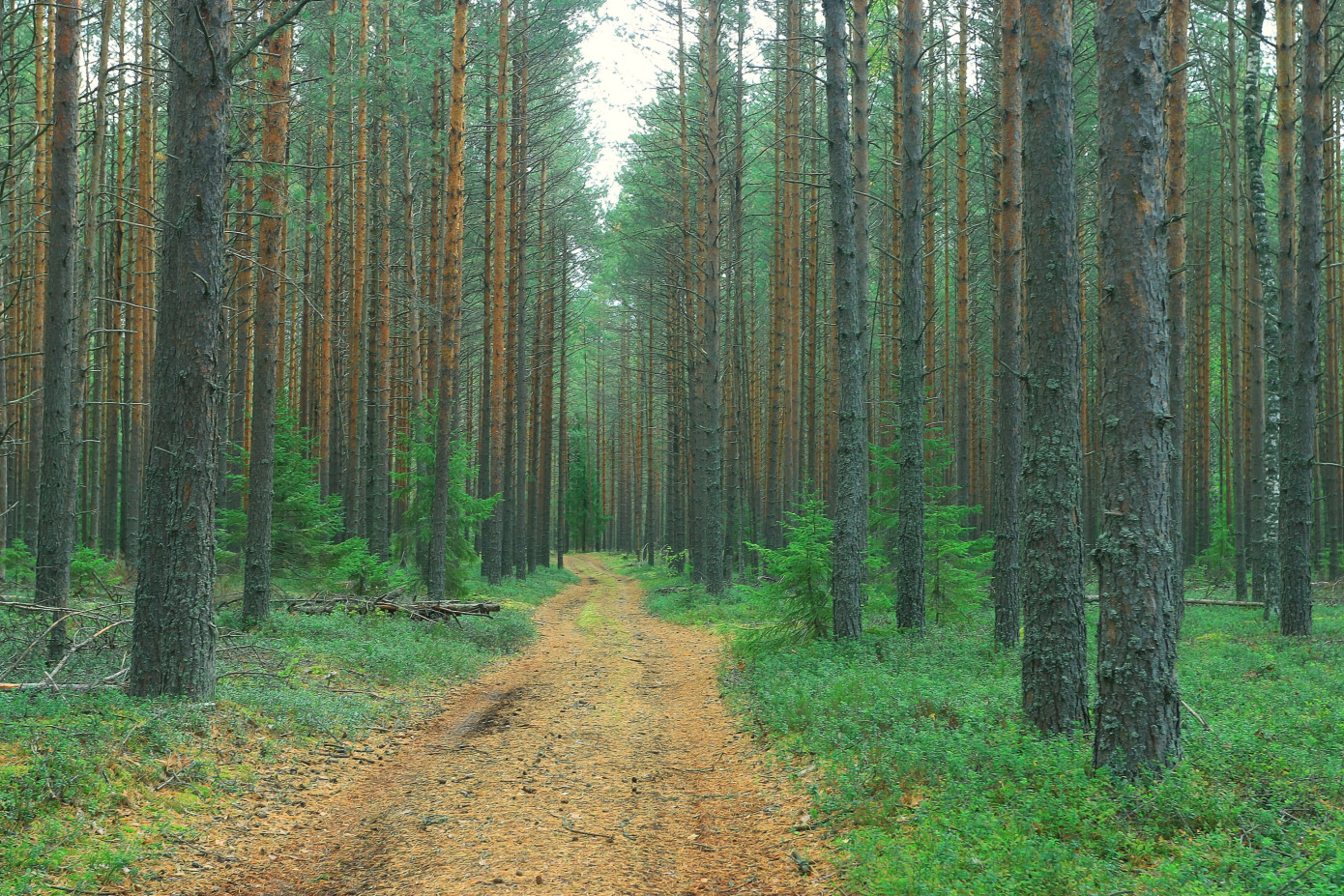The European Council formally adopted the first regulation on nature restoration. This law aims to restore 20% of the EU’s land and sea areas by 2030 and all ecosystems needing restoration by 2050. It includes legally binding targets for restoring various ecosystems, including terrestrial, marine, freshwater, and urban areas.
Alain Maron, Minister for Climate Transition, praised the Council's decision. He emphasized the urgency of addressing biodiversity collapse and ensuring the EU meets its international commitments.
The regulation mandates member states to implement measures to restore at least 20% of the EU’s land and sea areas by 2030. The focus will initially be on Natura 2000 sites. Specific targets include restoring 30% of habitats in poor condition by 2030, 60% by 2040, and 90% by 2050.
To prevent deterioration, member states must protect areas in good condition and listed habitats. The regulation also targets reversing the decline of pollinators by 2030 and includes measures for agricultural, forest, and urban ecosystems. This includes enhancing grassland butterfly populations, increasing organic carbon in soils, and ensuring no net loss of urban green spaces.
Member states will also restore drained peatlands, plant three billion additional trees by 2030, and remove barriers to create 25,000 km of free-flowing rivers. They must submit national restoration plans to the Commission, monitoring and reporting progress based on EU-wide biodiversity indicators.
The EU Biodiversity Strategy for 2030 includes a commitment to plant at least three billion additional trees by 2030, adhering to ecological principles. The New EU Forest Strategy for 2030, set out in a communication from the Commission on 16 July 2021, provides a roadmap for this commitment. It emphasizes planting and growing the right tree in the right place for the right purpose.
The regulation will soon be published in the EU’s Official Journal and become directly applicable in all member states. The Commission will review its application and impact by 2033.
